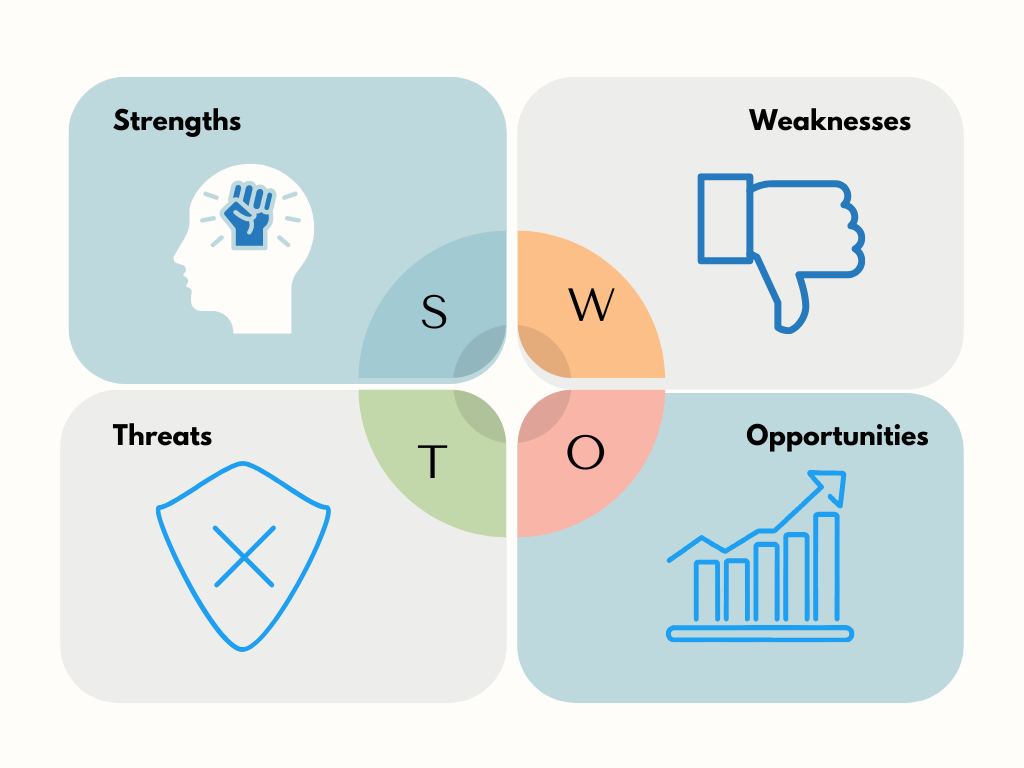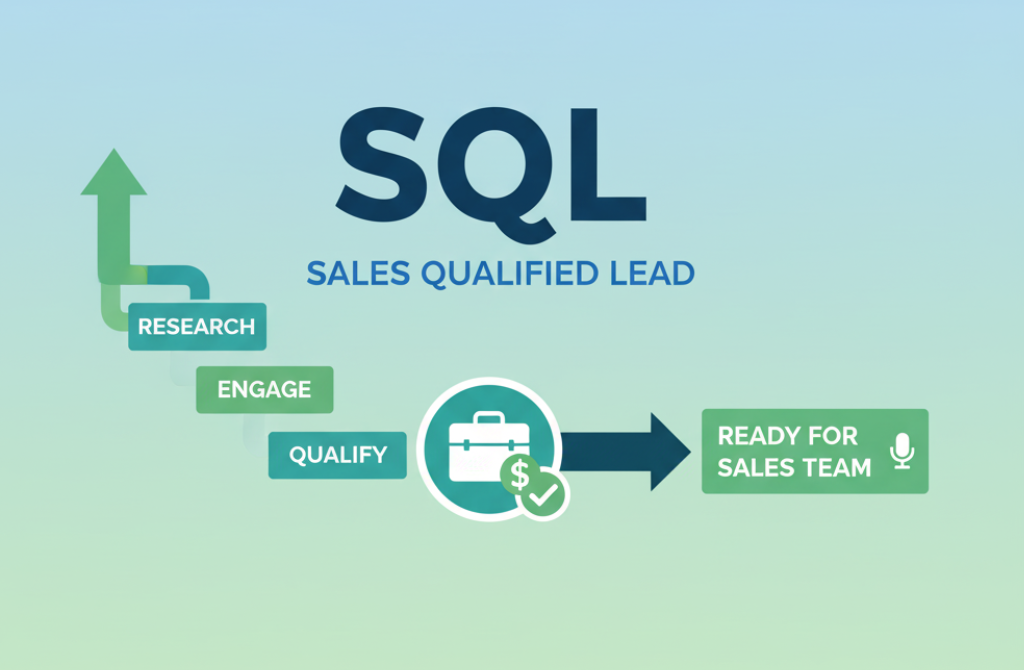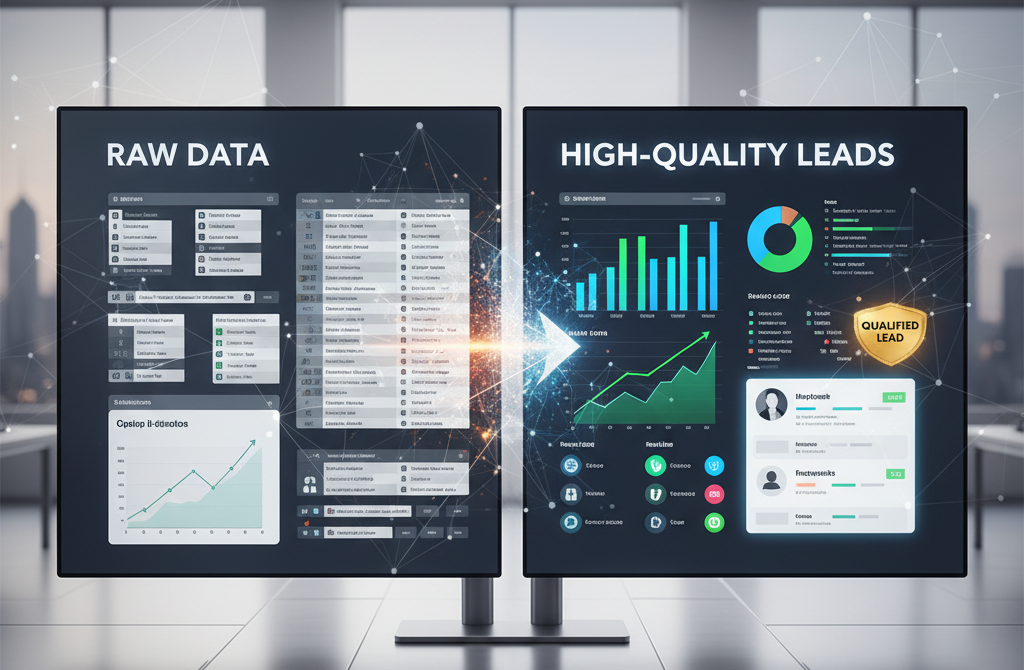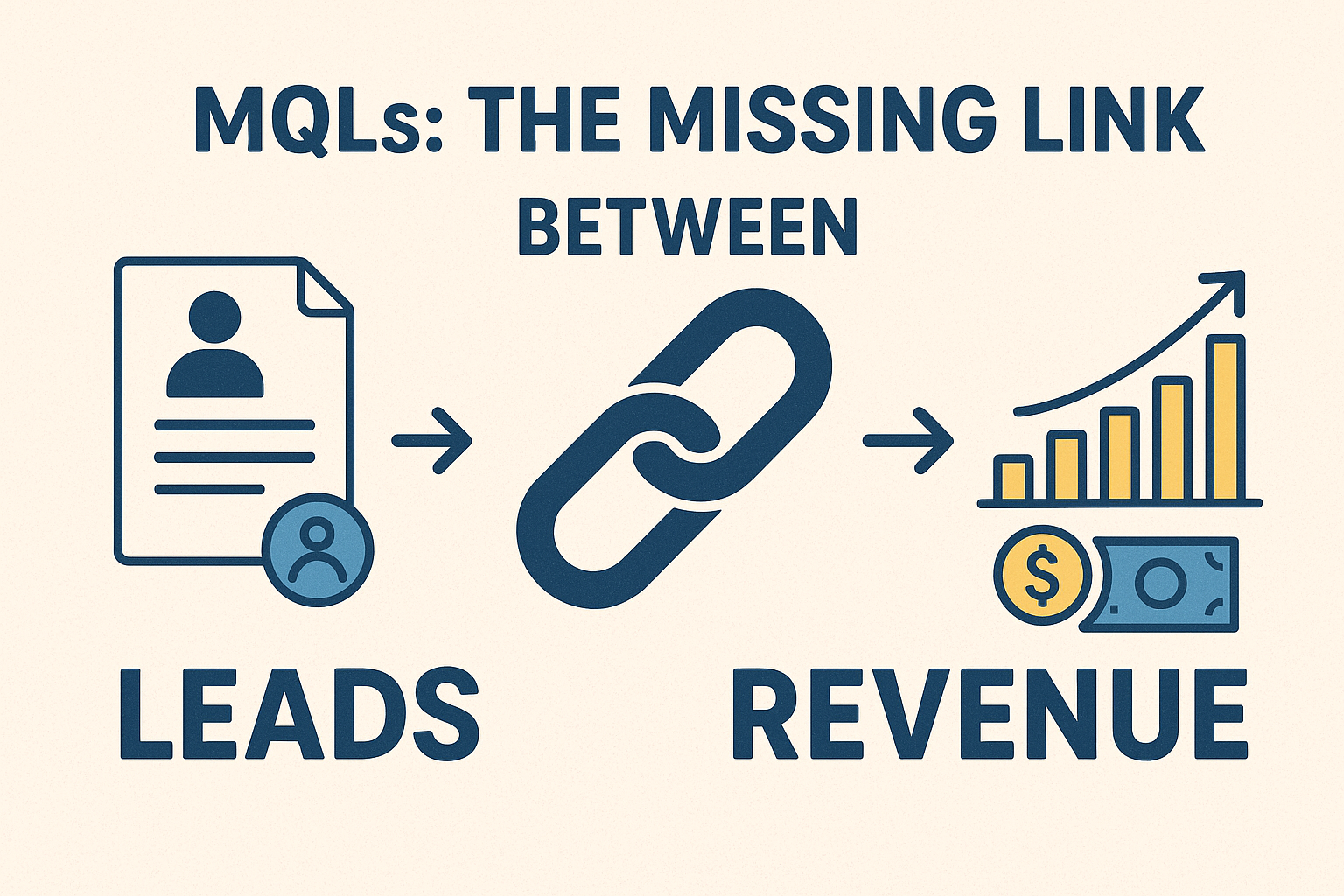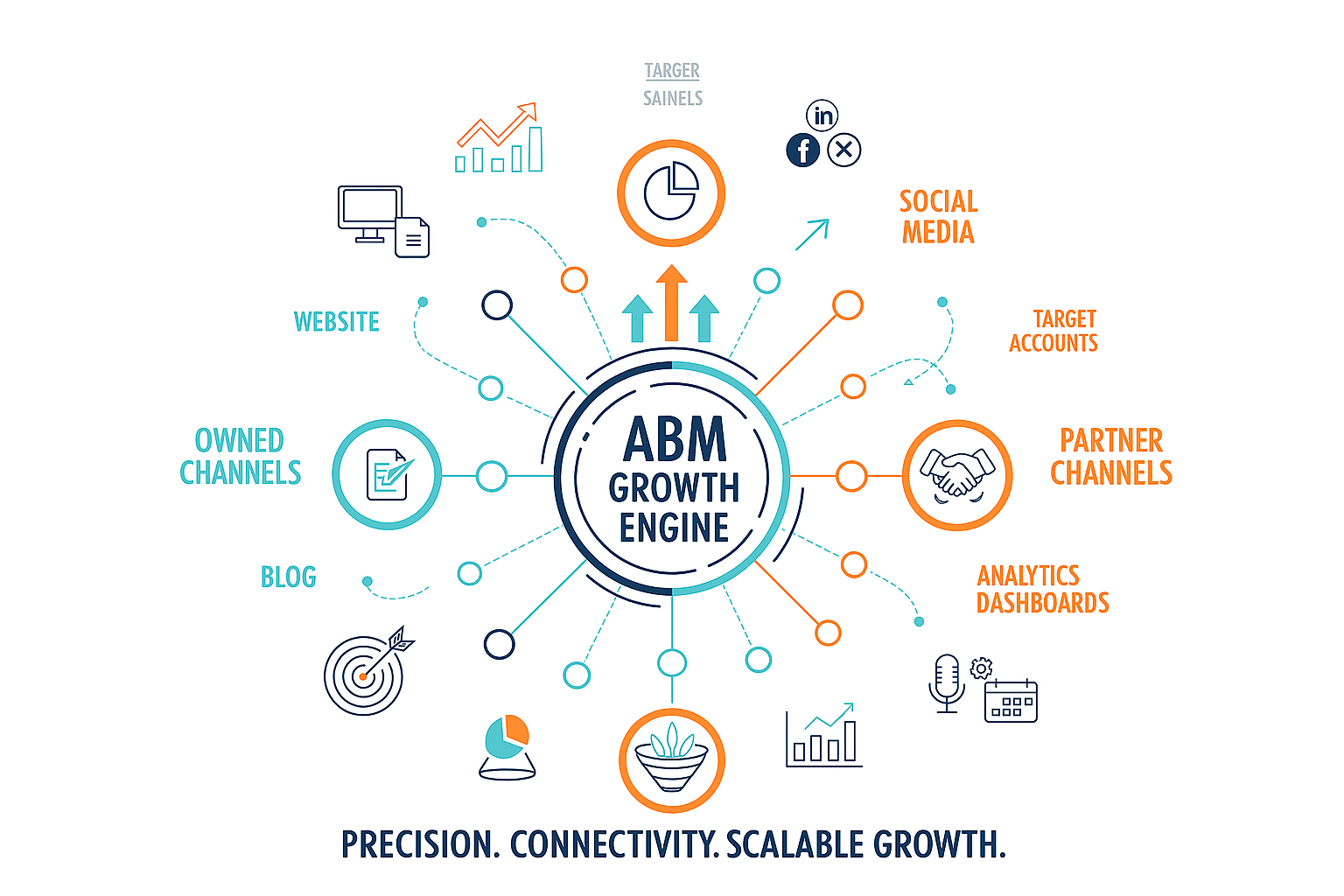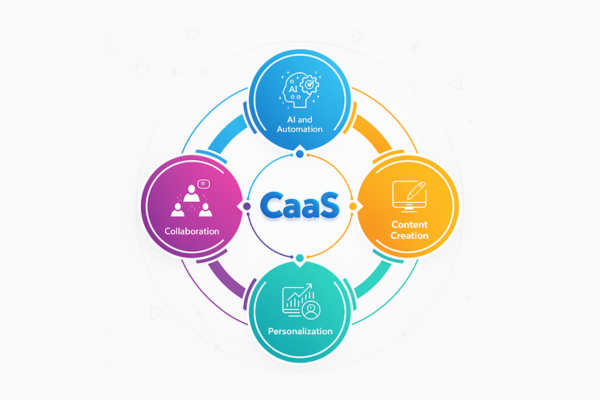Ever felt like your lead generation strategy is a bit of a guessing game? You tweak campaigns, test subject lines, and refine targeting, yet something still feels off. That’s because in B2B marketing, success isn’t just about running more campaigns; it’s about knowing exactly where your business stands and how external forces are shaping the playing field.
This is where SWOT analysis comes in. More than a textbook tool, it’s a reality check for your business: what you’re doing brilliantly, where cracks are showing, which opportunities could skyrocket growth, and what threats could quietly pull you down.
At Pangea Global Services, we’ve seen SWOT transform not just strategies but outcomes, helping businesses turn uncertainty into clarity and clarity into leads that actually convert. In this blog, we’ll explore how you can use SWOT to power up your B2B lead generation, with step-by-step guidance, examples, and best practices.
Table of Contents
Toggle1# What is SWOT Analysis & Why It Matters for B2B Lead Generation
SWOT stands for Strengths, Weaknesses, Opportunities, Threats. It’s a snapshot of your internal and external environment:
- Strengths and Weaknesses are internal – what your organization does well (or poorly).
- Opportunities and Threats are external – trends, market dynamics, competitor moves, or risks that lie outside your control.
For B2B businesses, this matters because your lead generation, data quality, email outreach, and account-based marketing (ABM) strategies all depend on understanding both what you can control and what external forces you should anticipate.
2# How Pangea Uses SWOT to Drive Real Results
To show you what we mean, here’s how Pangea Global Services integrates SWOT into its operations and strategy:
1. Shaping Strategic Services
Pangea offers Lead Management, Data Management, Email Marketing, and ABM. We periodically evaluate internal strengths (such as our campaign experience, client portfolios, data capabilities) against weaknesses (gaps in technology, resource constraints, or specific geographies) to refine which services to push, which to improve, and which to say “not yet”.
2. Prioritizing Investment
By identifying which external opportunities (e.g., growing demand for personalized ABM, emerging markets for B2B tech) align with our strengths (deep data, email outreach skills), we can decide where to allocate resources for maximum impact.
3. Risk Management
Threats such as changing data privacy laws, increased competition, or shifts in how buyers consume content are always on our radar. SWOT forces us to build contingency plans, maintain high standards for data compliance, and invest in keeping skills up to date.
3# Step-by-Step: Conducting a Powerful SWOT for Lead Generation
Here’s a hands-on guide to doing SWOT well, especially for B2B lead generation companies like Pangea – or any company trying to get more qualified leads, improve conversion, and scale efficiently.
| Step | What to Do | Questions to Ask | Tip |
|---|---|---|---|
| Gather Data | Pull together performance metrics (conversion rates, email open/click rates, cost per lead, lead quality), client feedback, market research | What are your current strengths? Which weak spots show up in metrics or feedback? | Use dashboards and regular reports; include voices from sales, marketing, and customer success |
| Identify Strengths | Pinpoint what you do well: e.g. high lead conversion, strong data hygiene, effective email content, ABM expertise | What makes your service unique? What internal resources do you have that others don’t? | Be specific (e.g. “80% of leads in X sector qualify within 30 days”) rather than vague (“good email team”) |
| Acknowledge Weaknesses | Look for internal constraints: maybe slower lead response time, or smaller coverage in certain geographies, or technology gaps | “Where do leads drop off?”, “Which campaigns underperform?”, “What feedback do clients give?” | Use feedback loops: surveys, internal retros, client interviews |
| Spot Opportunities | Study the market for untapped segments, new tech, regulatory changes, partnership possibilities, etc. | “Is there an emerging industry needing specialized leads?”, “Can ABM tools help scale personalization?”, “Are there markets with less competition but high demand?” | Monitor industry reports; track competitor offerings; keep eye on regulations & buyer behaviour |
| Recognize Threats | Be realistic about external risks: data/privacy laws, changing buyer expectations, rising costs, new low-cost competitors | “What trends threaten our current model?”, “What could disrupt our services?”, “What external changes might reduce demand?” | Use scenario planning; assign ownership for observing threats |
| Develop Strategies | With all four quadrants filled, map actions: how to build on strengths, mitigate weaknesses, seize opportunities and defend against threats | “How can we use strengths to grab the opportunities?”, “How to shore up weaknesses before threats hit hard?” | Prioritize action points; build time-based road maps; involve cross-functional teams |
4# Sample SWOT: A Hypothetical Case for a B2B Tech Lead Campaign
Strengths: Deep data management capability; high email open rates; seasoned ABM experts.
Weaknesses: Limited presence in APAC; onboarding takes longer than the industry benchmark; some campaigns have lower lead quality in certain verticals.
Opportunities: Rising demand for personalized outreach, tech companies expanding globally, and growing use of account-based strategies.
Threats: New data protection laws; increasing competition; saturation of generic email outreach; rising customer expectations for speed & personalization.
From this, a strategy might be:
- Leverage data strength + ABM to enter APAC with partners to address the presence gap.
- Streamline onboarding process (weakness → opportunity) to meet increasing customer expectations.
- Invest in compliance and privacy tools to mitigate threats from regulation.
- Differentiate email and ABM campaigns by increasing personalization and speed.
Explore our latest blog on 8 proven steps to convert B2B leads with email marketing for actionable insights.
5# How to Apply SWOT in Your Lead Generation Funnel
Let’s map these SWOT outcomes more directly into your lead generation funnel – from discovery → lead nurturing → conversion.
- Lead Discovery
- Use strengths in data management to improve lead scoring and targeting.
- Address weaknesses by making sure discovery is fast and broad (geographically & demographically).
- Seize opportunities like new buyer personas or markets.
- Prepare for threats like tighter data privacy by ensuring opt-in and consent processes are strong.
- Lead Nurturing (Email & ABM)
- Use strengths (good email content, ABM strategies) to build trust and engagement.
- Fix weaknesses like delayed responses or generic messaging.
- Opportunities: segmented email journeys, interactive content, web-seminars, etc.
- Threats: spam filters, over-mailing, or buyer fatigue.
- Conversion (Lead Management → Sales-Ready Leads)
- Leverage strengths to push leads through the funnel (fast qualification, alignment with sales).
- Tackle weaknesses in slow handovers or poor lead scoring.
- Opportunities: adjusting pricing, bundling services, and partnerships.
- Threats: loss of leads to competitors, buyer scepticism, and economic downturns.
6# Best Practices & Common Mistakes
Best Practices
- Use real data, not assumptions. Data metrics should back every statement in your SWOT.
- Include cross-functional input. Sales, marketing, data teams, operations – everyone’s perspective matters.
- Update regularly. A SWOT done once is quickly stale. Revisit quarterly or biannually.
- Action-oriented. The output should be strategic actions, not just a slide.
- Prioritization. You can’t fix everything. Pick what moves the needle.
Common Pitfalls
- Being too generic (“We’re good at customer service”) without evidence.
- Ignoring external threats until they become crises.
- Focusing only on weaknesses, ignoring strengths, which undermines morale.
- Doing SWOT in isolation without input from clients or market signals.
- Not following through. Having a SWOT is useless if you don’t build in accountability or track progress.
7# How SWOT Analysis Shapes the Future of B2B
To stay competitive and ensure long-term growth in lead generation, here are some trends & opportunities for leverage:
- AI & Automation: Smarter lead scoring, predictive analytics, personalized email content.
- Hyper-Personalization: Not just addressing buyers by name, but by industry, business size, and context.
- Data Privacy & Compliance: GDPR, CCPA, evolving regulations in APAC, will need strong policies and transparency.
- Account-Based Marketing (ABM): Deeper investments in ABM for high-value accounts. Tighter coordination between sales and marketing.
- Global & Regional Market Expansion: New geographies with rising demand; regional language/localization; cultural insights.
- Integrated Multi-Channel Engagement: Email + calls + events + social media + content marketing in ABM-driven strategies.
8# How You Can Do It Right: A Checklist
Here’s a practical checklist you can use to run your own SWOT for lead generation.
- Collect all recent metrics: conversion rates, lead quality, response times, and campaign performance.
- Solicit feedback from clients and your sales team.
- Map current processes: discovery → nurture → conversion. Identify bottlenecks.
- Fill out a SWOT matrix, being specific and data-backed.
- From SWOT, generate 3-5 strategic action items. Assign to teams, set deadlines.
- Track progress with metrics (e.g., improved lead quality, reduced time to respond, higher conversion).
- Review every 3-6 months and iterate.
Conclusion
The truth is, lead generation isn’t just about chasing numbers; it’s about direction. You can have the best campaigns, the biggest data sets, even the most talented sales team, but without clarity on your strengths, weaknesses, opportunities, and threats, you’re still playing blind.
A SWOT analysis flips the lights on. It helps you double down on what works, fix what doesn’t, grab the opportunities others miss, and brace for challenges before they hit. Done right, it’s not just an exercise, it’s a competitive advantage.
At Pangea Global Services, we live this every day. We’ve helped businesses transform raw data into actionable insights, build ABM strategies that open doors, and nurture leads that convert into actual revenue. Now it’s your turn.
